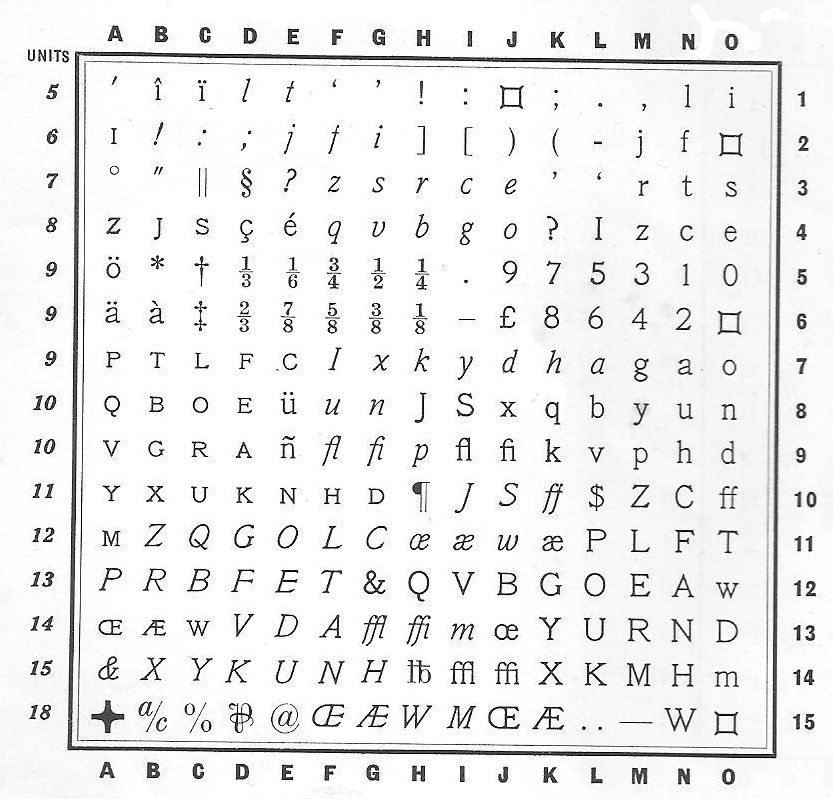Ancient slash → new back-slash → disambiguating retronym forward slash
Ancient Roman coins - Solidus and Denarius.
The slash character came first, with a different formal name solidus. This name comes from Latin and was associated with coinage - hence (I guess) it's use in writing down prices in older currencies: 10/6 was quite a common notation for prices in British currency pre-decimalisation. The solidus mark probably indicates the first number is units of solidus, the second of denarius. Or in the British case: shillings and pence. Note common first letter abbreviations s and d were used in Britain (also £ is L for Latin libra).
The slash (or solidus) was around for a very very long time before the reversed version was invented. The reversed version therefore acquired the more informal name back-slash to indicate a reversed form of slash.
The name "forward slash" has probably evolved since the general public started to use computer keyboards incorporating two characters that look like a slash. There was a need to disambiguate slash for people who didn't learn about computers in a formal teaching context.
The Medieval comma, Johannes Gutenberg and Aldus Manutius
The history of the slash and the comma are intimately intertwined. Both have been used to separate items of text or to separate numbers with different units. In some European countries it is normal to use the comma where others use a decimal point - to separate whole units from decimal fractions. So you might see €5,60 as a price. The comma serving much the same role as the slash (or solidus) in 10/6.
It is easy to find history linking the two. For example
The [comma] mark used today is descended from a diagonal slash, or virgula suspensiva ( / ), used from the 13th to 17th centuries to represent a pause. The modern comma was first used by Aldus Manutius
I have also seen the reverse stated, that the slash is derived from the comma.
I believe that the earliest movable-type printing presses, as used by Johannes Gutenberg used commas in some situations where we would today normally use slashes. So his fonts did not have slashes, only commas.

1899 - Adler typewriter company.

- Photo © Dake - CC-by-SA 2.5
Slash, but no backslash.
C20th - Monotype corporation
 Monotype Matrix Case, Arrangement No 841
Monotype Matrix Case, Arrangement No 841
No slashes or backslashes in moveable type typography? But note the comma.
1963 - Telex

ASR-32 teleprinter for Telex, CC BY 2.0, Arnold Reinhold
Slash but no backslash.
1963 - American Standard Code for Information Interchange (ASCII)
American Standards Association (ASA) X3.4 subcommittee
/ slant
...
\ reverse slant
002F / SOLIDUS
= slash, virgule
005C \ REVERSE SOLIDUS
= backslash.
So it is clear that the name backslash was introduced to indicate a novel character that was the reversed version of a long established character.
The name forward slash therefore subsequently became needed to disambiguate the name for the earlier character.





